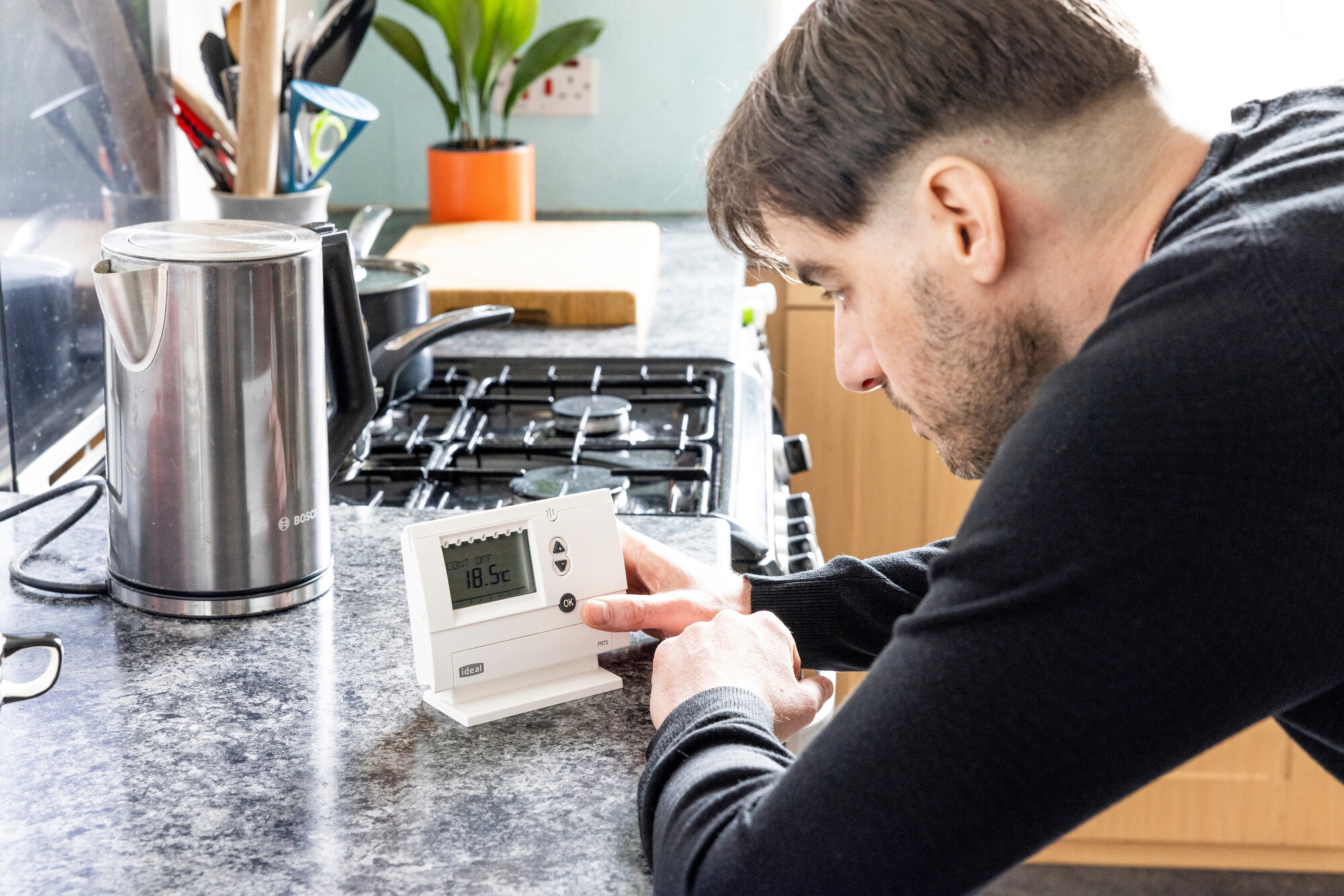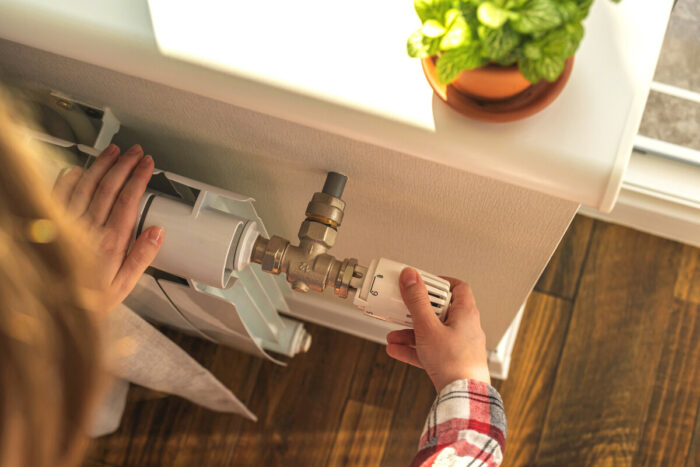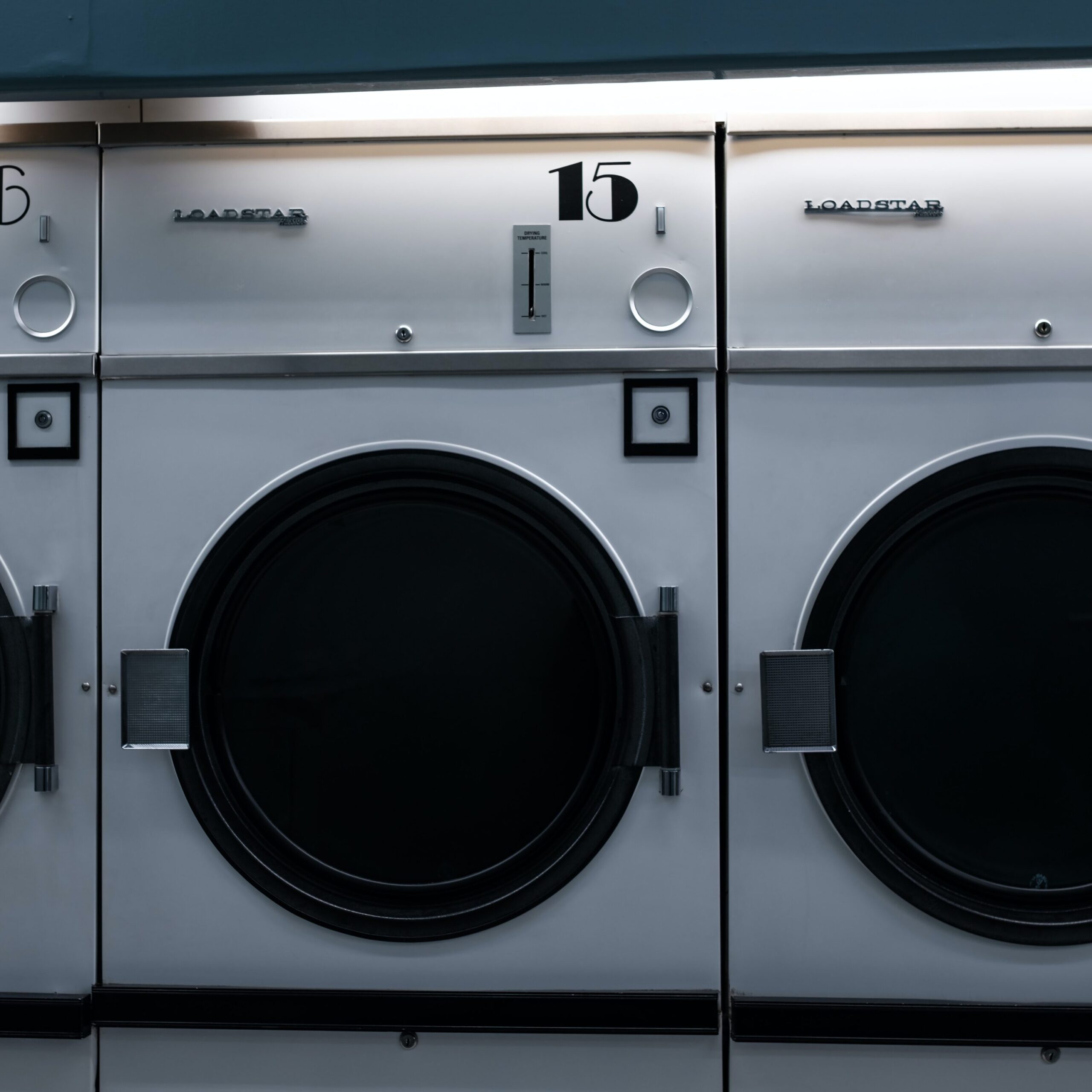Electricity and Appliances

There are plenty of opportunities around the home to save money on our electricity bills and create a more energy efficient home.
Have you missed any of these energy saving ideas?
Lighting
About 15% of our electricity goes towards lighting our home. Don’t worry – we don’t have to leave ourselves in the dark to start saving energy.
Turning off lights
Start with an easy win: if nobody is using the room, turn the lights off. There’s no downside to this one, and it should save you at least £20 a year.
Use the right lights
If you’ve got several lights in a room, you might not need them all on at the same time. If the lamps are on, try turning off the overhead light. Is it possible to get a good level of brightness without having all the lights on at once?
You can also match the lighting to whatever activity you’re doing. If you’re watching TV, you might only need a low background light. If you’re reading, it’s more likely you’ll want a bright, direct light.
Replace bulbs with LEDs
The first energy efficient lightbulbs were around 70-80% efficient. They were much better value for money than traditional lightbulbs, but they took a long time to get to full brightness.
Luckily, energy efficient lighting has moved on. We now have LEDs (Light Emitting Diodes) which reach full brightness as soon as you flick the switch. These use 90% less energy than old incandescent bulbs, and about 50% less than older energy saving bulbs.
Next time one of your bulbs go, why not try out an LED? The Energy Saving Trust have made a handy table for choosing the right brightness:
| Traditional bulb | LED / CFL bulb |
| 15 watt | 140 lumen |
| 25 watt | 250 lumen |
| 40 watt | 470 lumen |
| 60 watt | 800 lumen |
| 75 watt | 1,050 lumen |
| 100 watt | 1,520 lumen |
Cooking
Whatever equipment you have in your kitchen, there are some easy switches you can make to save money.
The oven
We often pre-heat the oven whilst we’re doing something else, like watching TV. If we’re distracted, the oven can reach the correct temperature and sit empty.
Some ovens have an alarm which lets you know when the oven has pre-heated. Use this if you can.
If your oven doesn’t have an alarm, make sure you regularly go through to check the temperature. You should start to get a sense of how long preheating takes. Then you can start setting your own timer.
Your oven stays hot for quite a while after it has been turned off. You can use this leftover heat to finish off the last five minutes of your cooking.
If you have a microwave, try use this instead of the oven. Microwaves use much less energy than ovens. This is because they heat the food directly, not the air around it.
To compromise, you could partially cook something in the microwave, then transfer it to the oven. Five minutes in the microwave should knock twenty minutes oven-time off your baked potato.
The hob
Whether you have an electric or gas hob, you can save energy when cooking by:
Putting lids on pans
Putting a lid on a saucepan means the food inside cooks faster. The steam doesn’t escape as quickly, so more of the heat energy stays inside your pan. This means you can turn your hob off sooner, saving you energy.
Make sure the lid fits properly so you’re keeping in the maximum amount of heat.
Matching the pans to the rings
If you’re using a small pan, make sure you’re also using a smaller hob ring. Heating a small pan on a large ring means a lot of the heat gets lost to the surroundings. Using a small pan on a small ring makes sure that most of the heat is transferred to the pan.

Home appliances
Our home appliances use energy to run. There are some energy-saving tips we can use for nearly all appliances:
Useful pages
Is this page useful?
